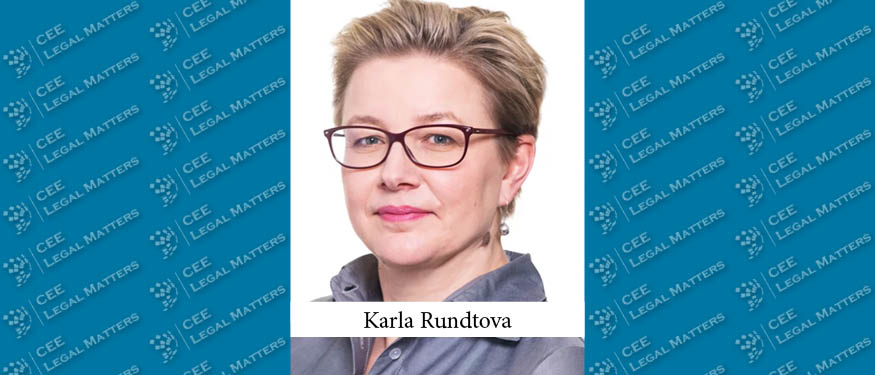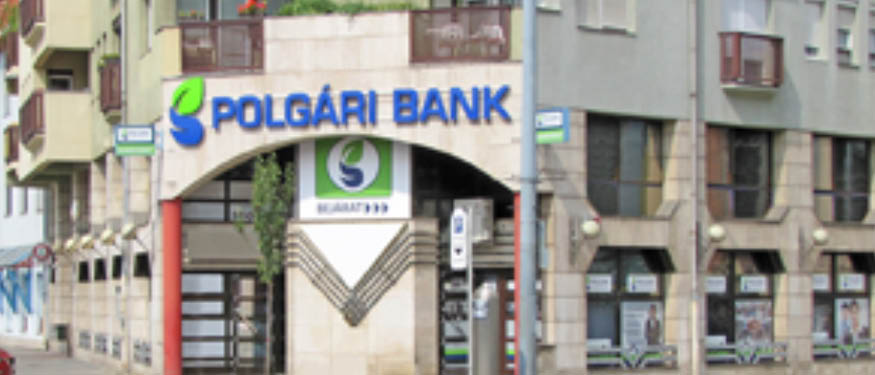Galloping inflation and post-COVID-19 challenges are shaping the litigation market in Austria, with an unparalleled volume of insolvencies feeding into a high rate of litigation. Meanwhile, the Austrian government remains hesitant to implement the European collective redress system.
Business Failures
Austria is currently experiencing widespread business failures. Companies previously kept alive only through public subsidies or tax and accounting extensions in response to the COVID-19 crisis are proving unsustainable. Many businesses are unable to meet the challenges of exploding energy and resource costs, high inflation, increasing interest rates, and the costs of an acute scarcity of qualified staff. The number of company insolvencies in 2023 (5,380) increased by 13 % compared to 2022 – which was already up by 57.4% compared to 2021 – and is the highest in 10 years. Job loss due to insolvency is also up by 50% compared to 2022, and individual insolvencies almost hit 9,000. Notably, the number of “worst case” scenarios, in which businesses were unable to scrape together even the EUR 4,000 needed to cover the costs of insolvency proceedings, has increased exponentially.
In 2022 and 2023, consumer trade, construction, and hospitality were hit the hardest. Notably, the construction industry has been hammered by its high percentage of variable interest loans leading to a consolidation of the market. The percentage of Austrian businesses that missed out on fixed-interest loans while the interest rates were still negative is quite high.
The end of 2023 in Austria was jolted by the insolvency of Signa Holding, which constituted the largest-ever insolvency in Austria’s history and drove total debt to over EUR 14 billion.
Litigation Trends
These economic challenges are driving the number and types of litigation and are keeping courts busy. Generally, economic uncertainty is a prime driver of litigation. When funds are tight and future finances uncertain, banks and businesses are less able to compromise or wait for payments.
Insolvency-related disputes, with receivers either as plaintiffs or defendants, are on the rise. Litigators are becoming ever more familiar with preexisting proceedings being interrupted by insolvency proceedings, subsequently being continued with receivers.
Collective Redress
So far, Austria has no official collective redress system. Instead, practitioners have developed the so-called “Austrian-style” class action, with multiple claims being assigned to a plaintiff for unified prosecution. This system has been in play for many decades and forms the basis inter alia for 16 actions on behalf of 10,000 Volkswagen, Audi, Skoda, and Seat car owners currently pending in eight Austrian courts. It does not, however, provide the consistent access to justice contemplated by the Collective Redress Directive that was to have been implemented by EU member states by the end of 2022, with the new laws coming into effect by June 25, 2023.
Like various other EU members, Austria is late in implementing this directive. Stakeholders in Austria have been unable to reach a consensus on even a ministerial draft, despite pressure and notwithstanding the German law being passed in October 2023. Currently, besides Austria, only Estonia and Poland have failed to implement the Collective Redress Directive. This slowness comes as little surprise to litigation insiders who have seen numerous initiatives on collective redress in the past decades reach a dead end, despite the constantly increasing demand.
The crux is that the implementation is set to significantly change Austrian civil procedural law and substantive tort law provisions, including a revised interruption of the statute of limitations. This has led to significant – including political – resistance. The details of the new regulations are expected to include: (1) an “opt-in” model for individual claimants, (2) the right to file class actions being restricted to certain “qualified entities”, such as those currently allowed to seek injunctive relief for third parties (e.g., consumers and competitors), (3) significant legal benefits to individuals who join a class in action, and (4) allowing for redress of claims based on any legal grounds, not only for those claims specified in the EU directive catalog.
In view of the significant cost of litigation for individual claimants and the restricted availability of litigation funding in Austria for smaller claims, Austria’s reluctance to proceed has led to strong criticism from consumer protection organizations. The EU is now forcing the issue by initiating infringement proceedings against Austria.
By Bettina Knoetzl and Katrin Hanschitz, Partners, KNOETZL
This article was originally published in Issue 11.2 of the CEE Legal Matters Magazine. If you would like to receive a hard copy of the magazine, you can subscribe here.
















